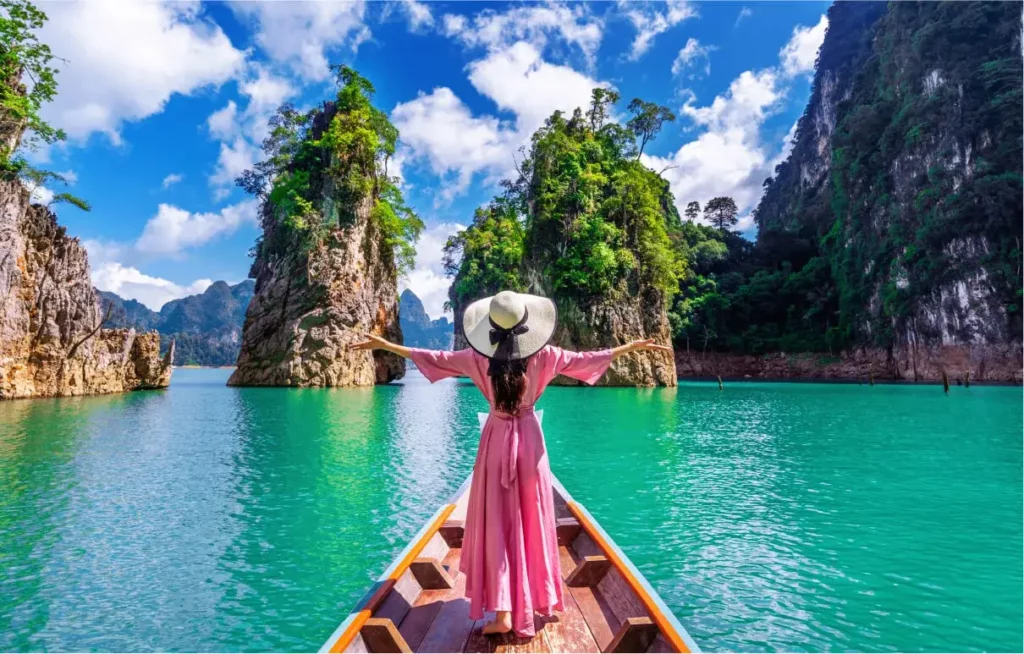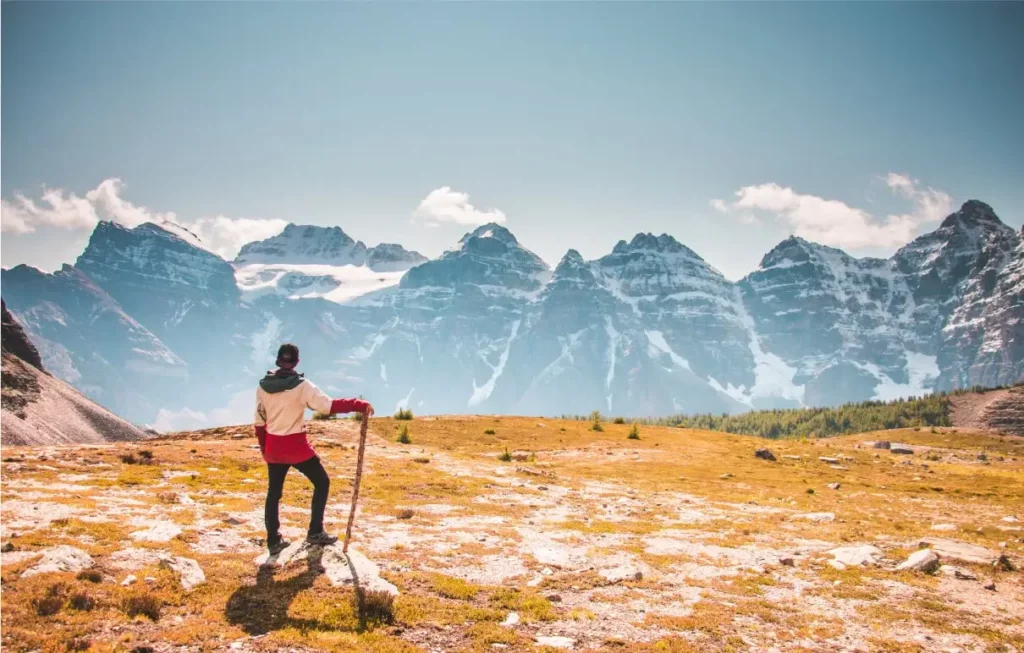Welcome to Dire Dawa
Dire Dawa (which means “empty plain”) is one of two chartered cities in eastern Ethiopia. The other being the capital, Addis Ababa. Dire Dawa was founded in 1902 after the Addis Ababa-Djibouti Railway reached the area.
The railroad could not reach the city of Harar at its higher elevation, so Dire Dawa was built nearby. It is a major hub for many ethnic groups in Ethiopia, especially the Afar, Oromo, and Somali.
The city is an industrial centre on the Dechatu River, and home to several markets. It lies at the foot of a ring of cliffs that has been described as “somewhat like a cluster of tea-leaves in the bottom of a slop-basin”.
Dire Dawa is city in Harar region, Ethiopia. It is a commercial and industrial center located on the Addis Ababa–Djibouti railroad. Manufactures include processed meat, vegetable oil, textiles, and cement.
There are also railroad workshops in the city. Dire Dawa was founded in 1902 when the railroad from Djibouti reached the area, and its growth has resulted largely from trade brought by the railroad.
Dire Dawa Climate
The climatic condition of Dire Dawa seems to be greatly influenced by its topography, which lies between 950 – 1250 meter above sea level, and which is characterized by warm and dry climate with a relatively low level of precipitation.
The mean annual temperature of Dire Dawa is about 25.40C. The average maximum temperature of Dire Dawa is 31.40C, while its average minimum temperature is about 18.20C.
The region has two rain seasons; that is, a small rain season from March to April, and a big rain season that extends from August to September.
The aggregate average annual rainfall that the region gets from these two seasons is about 604 mm. On the other hand, the region is believed to have an abundant underground water resource.
Population
According to the 1994 census, the total population was 151,864, of which 127,286 were males and 124,578 females. Dire Dawa has become home for peoples from a number of nations and nationalities found in the country as well as for people from India, Yemen, Turkey, etc.
Language and Religion:
A number of Ethiopian Languages including Oromiffa, Amharic, Somali, Guragigna, Tigrigna, Harari, etc. are widely spoken in Dire Dawa by the people from the various nations and nationalities living in Dire Dawa.
Amharic is used as a working language in the city. Arabic also serves as a medium of communication in some sectors of the city.
The presence of conducive environment like similarity in lifestyles, closeness and friendship among the people of the city has contributed to the creation of a unique blending of custom that transcends any cultural and language barriers.
As a result of this, nearly all the people living especially in the central and eastern sections of the city are able to speak two or more languages. The predominant religions practiced in the region are Islam and Christianity. However, we can find people from other religious groups like Hindu and the like in the city.
Tourism:
Dire Dawa has a rich wealth of pre-historic cave paintings some of which have achieved international recognition through the efforts of the French and American Geologists that have studied them several times in the last 75 years, while there are still other caves that have never been studied so far.
They include. The remains of the British airmen and African soldiers who, during the second World War, fought besides the Ethiopian forces to liberate Ethiopia from Italian occupation.
The railway line that reached Dire Dawa in 1902 is believed to have been the reason the city came into being in the first place. That is why the railway station is one of the destinations of tourists and other visitors coming to the city.
Kefira is a traditional market place where one can see the colorful presentation of all people of the region in their cultural dresses. The presence of camels, donkeys, and the inevitable Gharris, two wheeled carts drown by a horse or a mule, gives it an aura of going back to medieval times.
Dire Dawa has one of largest mosques found in the city. It is called Italian Mosque because the Italians built it during their short-lived occupation of Ethiopia.
St. Michel’s Catholic Church was built over 115 years ago, and is located 26 kilometres from the city near a place called Beyo Awale. During the month of October Catholic believers from Dire Dawa, Harar, and other place annually gather at the church in there thousands.






Land of the Tswana
There are so many places that you can visit in Botswana but there are some other attractions that stand out more than others and are worth visiting during Botswana Safari. These make the list of the top Tourist Attractions In Botswana.
There are many tours that you can do in Botswana and the most common is the overland tour, where you can drive around to most parts of the country in an overland truck. Most common tours include a Botswana Wildlife Safari, Victoria Falls and Chobe National Park package, Desert tracking, Premium safaris and 5 to 10 day safaris.
-
- Exploring ancient ruins, historical landmar.
-
- Immersive cultural experiences, local.
-
- Hiking, trekking, extreme sports, and out.
-
- A romantic destination like Paris, Venice.
-
- Kid-friendly activities, theme parks family.
-
- Premium accommodations, gourmet.








